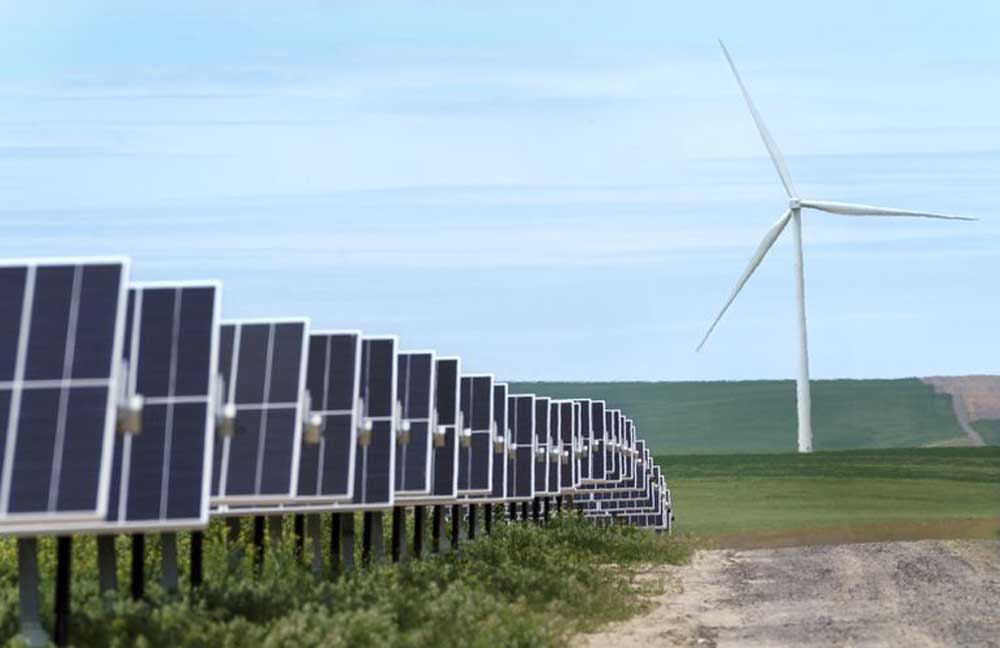Voice of the Chieftain: Big farms getting bigger, family farmers in decline
Published 2:12 pm Tuesday, April 23, 2019
We can’t wait to dig into the data released last week with the 2017 Census of Agriculture.
The census is conducted by the USDA every five years and measures all things agriculture — how many farmers and farms, what they grow, production practices, income and expenditures, demographics and much, much more.
The USDA counts as farms or farmers anyone who produced $1,000 or more of agricultural products, or normally would do so. That definition is broad and takes in a lot of very small operations. More than one-third of the farms surveyed reported sales of less than $2,500.
Some of the numbers in our cursory glance at the data raise some concerns.
• The average age of U.S. farmers increased 1.2 years, to 57.5 years old.
• There are fewer farms. The USDA counted 2,042,200 farms in 2017, 3.2% fewer than 2012 and 7% fewer than 2007.
• There are fewer acres in production. The USDA identified about 900 million farm acres, 1.6% less than in 2012 and 5.7% less than in 1997. The loss over 20 years totaled 54.5 million acres.
• Only 42% list farming as their primary occupation, and 61% of farmers have off-farm jobs.
• Big farms are getting bigger and the number of small farms is growing. The number of farms under 10 acres increased by 22%, while the number of farms over 2,000 acres increased by 3.5%. That means the middle is shrinking.
• Net farm income was $87.9 billion, down from $92.3 billion in 2012. The figures were not adjusted for inflation.
• Slightly more than half the farms, some 1.1 million, reported losing money. The average loss was $20,997.
Most of these things were expected and follow long-standing trends. That doesn’t make the statistics any more palatable.
But, there is also some positive news. There are more young people involved in agriculture. The number of operators under 35 increased to 285,439, from 257,454 in 2012. There are more women producers — 1,227,461 compared to 969,672 in 2012. And more operators are living on the farm they work — 2,530,442 in 2017 compared to 2,411,419 five years earlier.
As we say, we look forward to really digging into the data. We are certain it holds more interesting news.








